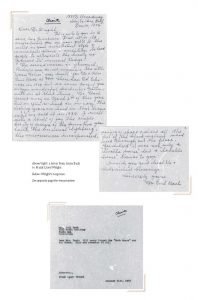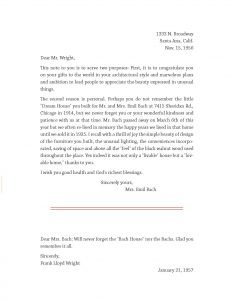

What’s harder to read than a doctor’s shorthand? An 18th century doctor’s shorthand.
When putting together a manuscript that prides itself on its selections of primary source reference material, the value of typing up handwritten items is clear. The goal of any nonfiction project is accessibility—establishing legacy and providing to an audience greater than the author themselves. This is achieved through a presentation of primary source materials and analysis. And in most cases, these primary sources are presented in text form, typed up for the reader in the interest of flow and ease of understanding. The audience’s time is valuable, and the argument goes that they shouldn’t have to spend five minutes deciding if an n is an m.
But there is a clear benefit as well in presenting the image of the primary source directly. Hard-to-describe aspects like drawings and handwriting are best understood when seeing the item itself. These aspects can provide valuable data for analysis as well. Instead of several sentences detailing the type of stationary, the reader can take in this content with one glance.
Therefore, the best way forward for comprehensive titles dedicated to providing their audiences with the best product is to provide both transcription and image of primary source itself.
In Master Wings’ 2019 title, Frank Lloyd Wright’s $10,000 Home: History and Design of the Bach House, the book opens with a brief 1945 correspondence between Anna Bach and her architect Frank Lloyd Wright.
Although Wright’s response is typed, Mrs. Bach writes pages in looping cursive that can be difficult to read. And moreover, these are photo reproductions printed in a six by nine inch book. A text version of these items is critical.
However, beyond the analysis we can make of the text itself—the brief but warm words of Wright, the evocative language of Mrs. Bach—with the image of the correspondence we can additionally consider things like: the significance of the handwritten note vs the typed one, what the elegance of Ms. Bach’s handwriting tells us about her character, and the absence of any errors or crossed out words in Ms. Bach’s letter.
Without the words, the burden would be placed upon the reader to decipher rather than allowing them to appreciate and analyze. Without the images, the reader would miss visual details and have a harder time of reconciling at the whole and the specific to pursue understanding.
The existence of a primary source in nonfiction in any form extends access and ethos to the item, but a thorough reproduction allows for the best experience and an elevation of understanding that could not arise from something partial. To that end, you’ll frequently see both an image and its transcription in many Master Wings titles.
